4.2 Electrical quantities
4.2.2 Electric current
- Electric current is related to the flow of charge:
- What is electric current?
Electric current is the flow of electric charge in a circuit.
- In metals, current is the flow of free electrons (negatively charged particles).
- Charge: Carried by electrons around the circuit.
- A complete circuit is needed for current to flow.
- Direction of current flow:
- Current flows from the positive terminal of the power supply, through the circuit, and back to the negative terminal.
- This push to move the charges is provided by a battery or power supply.
Key Points:
- Current: The rate at which electric charge passes a point in the circuit.
- Charge: Negative charge carried by electrons.
- Use of ammeters (analogue and digital) with different ranges
- An ammeter is used to measure electric current in a circuit.
- Analogue Ammeter: Has a needle moving across a scale. Requires judgment for readings.
- They are also subject to parallax error
- To avoid parallax error always read the meter from a position directly perpendicular to the scale.
- Also they should be checked for zero errors before using
- Digital Ammeter: Displays direct readings in figures, making it easier to use.
- Galvanometer: Measures very small currents and has a different symbol (needle-like arrow).
- How to connect an ammeter:
- It is connected in series with the circuit components.
- If connected the wrong way, it shows a negative reading.
- Units:
- Current is measured in amperes (A). Smaller units:
- 1 mA (milliamp) = 0.001 A = 10⁻³ A.
- 1 μA (microamp) = 0.000001 A = 10⁻⁶ A.
Key Points:
- Ammeter: Device used to measure current.
- galvanometer: a meter for measuring tiny electric current
- Series Circuit: Circuit where components are connected in a line.
- ampere, amps (A): the SI unit of electric current
- Electrical conduction in metals in terms of free electrons
Metals are good conductors because they have free electrons that can move easily.
- These electrons carry the current when a voltage is applied.
Figure a: Open Circuit (No Current Flowing)
- In an open circuit, the circuit is incomplete, so no current flows.
- Electrons move around randomly inside the wire but do not create a flow of charge.
Figure b: Closed Circuit (Current Flowing)
- In a closed circuit, a battery or power source creates a potential difference.
- This pushes electrons to move in an orderly way, creating a flow of charge called current.
- Electrons flow from the negative terminal to the positive terminal.
- Good conductors: Copper, silver, gold, and steel.
- Insulators: Materials like plastic, glass, and minerals that block electric current.
- Intermediate conductors: Some liquids can conduct electricity but poorly.
- Safety note:
- People can conduct electricity because body tissues contain water, a good conductor. Contact with a strong current can cause shocks or burns.
Key Points:
- Conductor: A material allowing current to flow.
- Insulator: A material preventing current flow.
- Free Electrons: Mobile electrons in metals enabling conduction.
- Difference between direct current (d.c.) and alternating current (a.c.)
Direct Current (d.c.): Flows in one direction only.
- Found in batteries and most small electronic circuits.
Alternating Current (a.c.): Reverses direction periodically.
- Used in mains electricity (e.g., 50 Hz frequency means direction changes 100 times per second).
Key Points:
- d.c.: Current flows in the same direction all the time.
- a.c.: Current changes direction periodically.
- Define Electric Current
Definition:
- Electric Current: The flow of electric charge passing a point in a circuit per unit time.
- Formula: I=Q/t
$$I={{Q}\over{t}}$$
- Where:
- I = Current (in amperes, A)
- Q = Charge (in coulombs, C)
- t = Time (in seconds, s)
- Conventional Current and Electron Flow
Direction of Current Flow:
- Conventional Current:
- Flows from positive to negative.
- Represents a flow of positive charge.
- Historically defined by Benjamin Franklin.
- Electron Flow:
- The actual movement of electrons in a circuit.
- Flows from negative to positive.
- Opposite to conventional current.

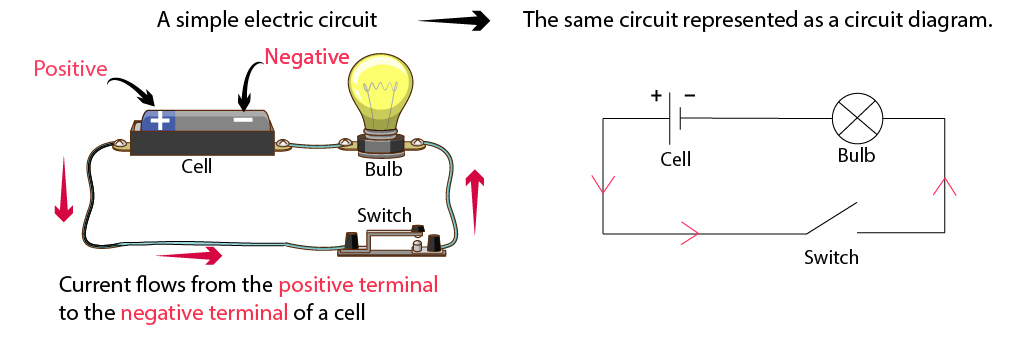
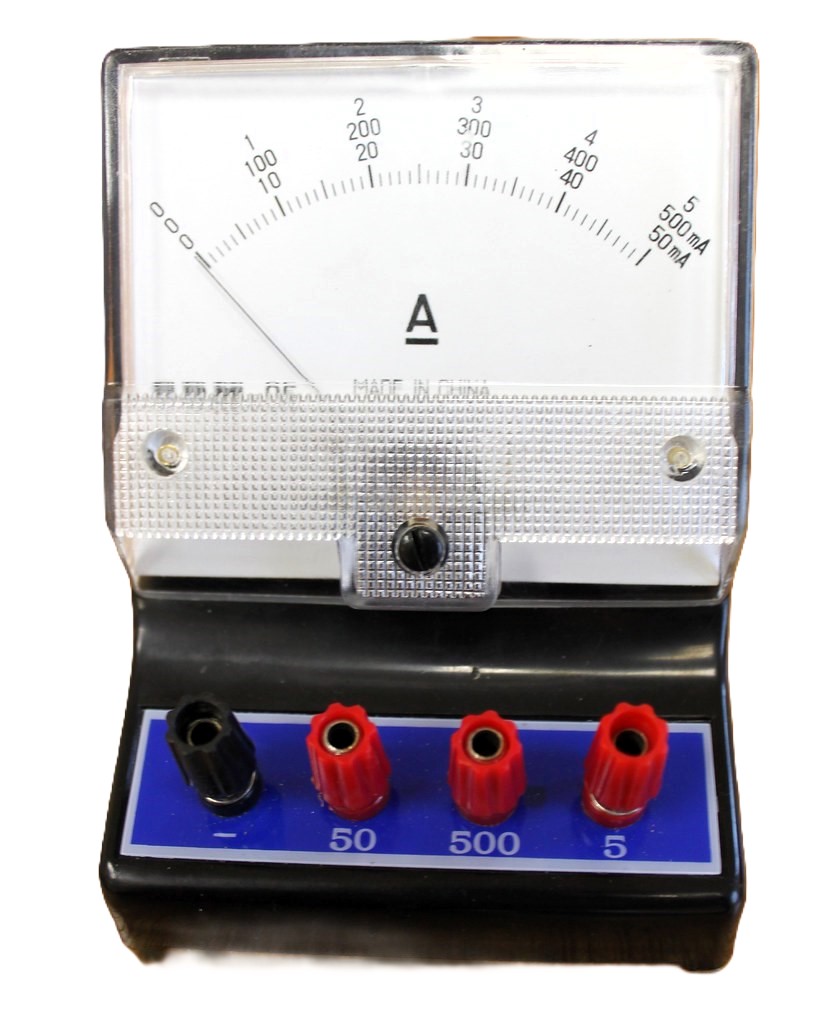
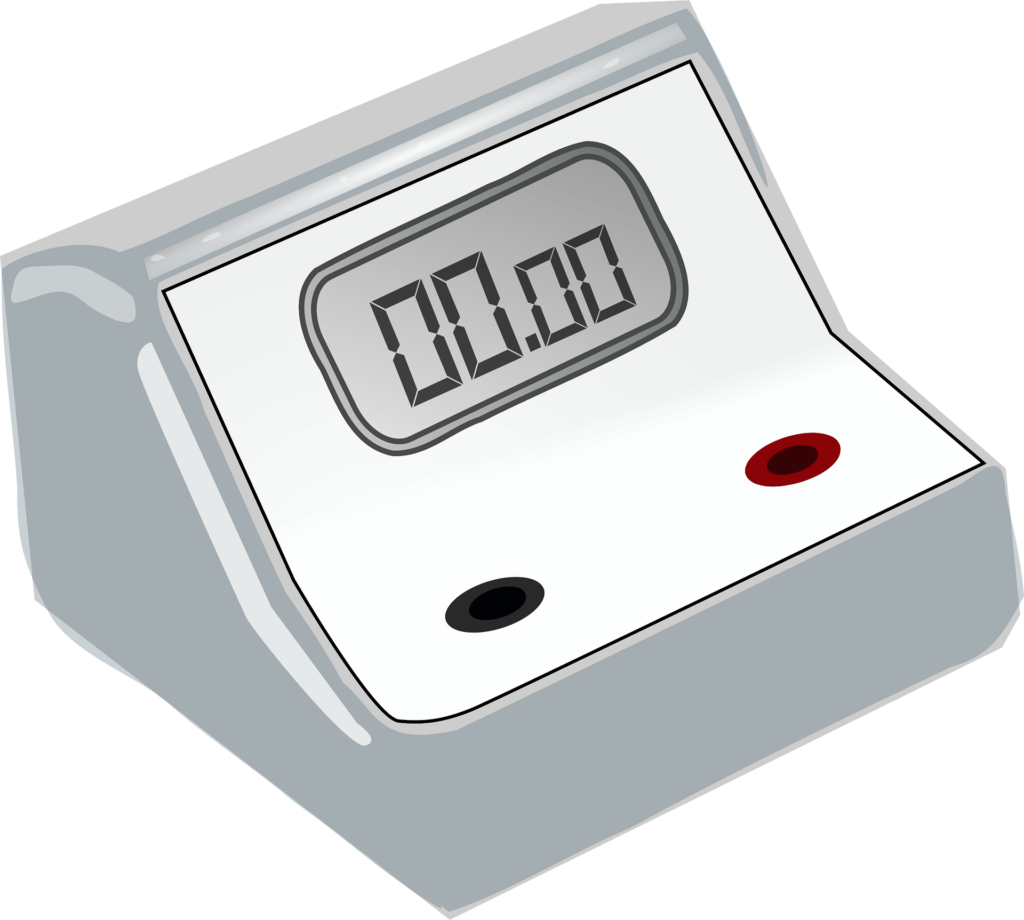
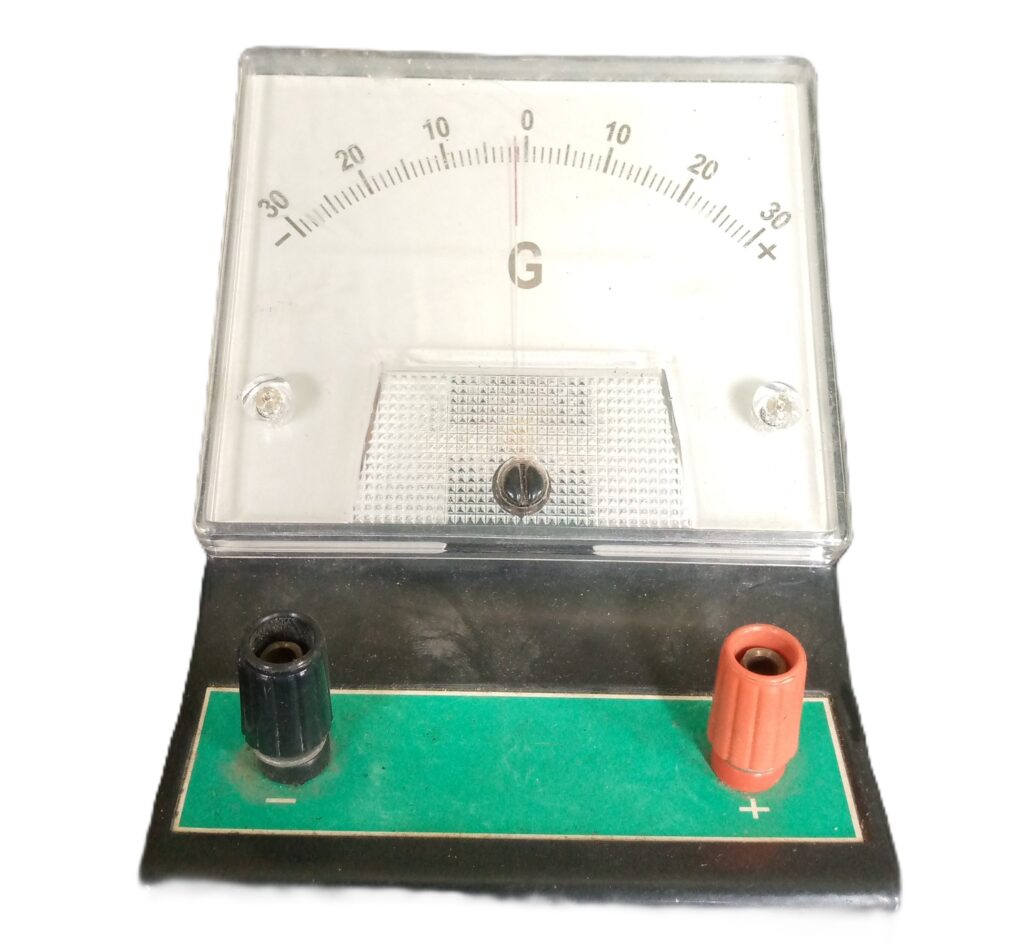
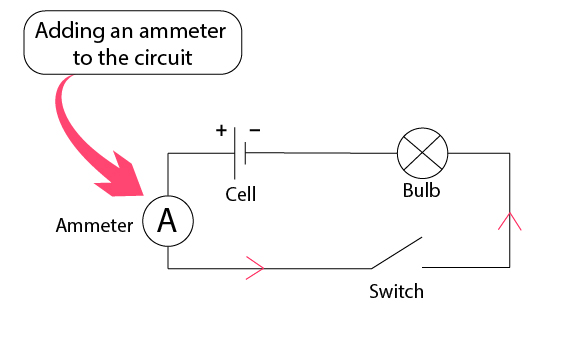
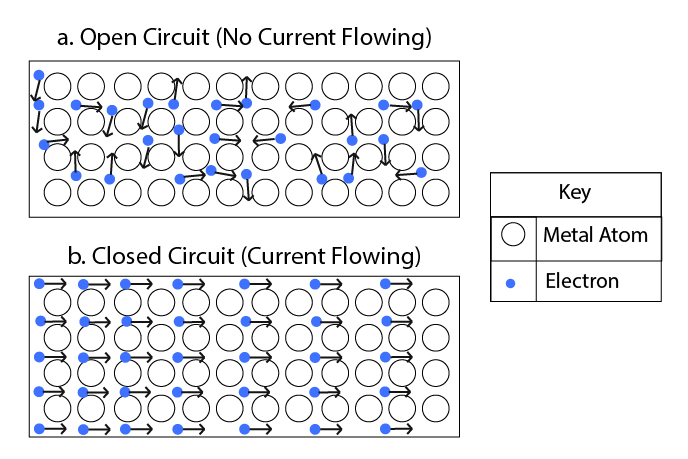
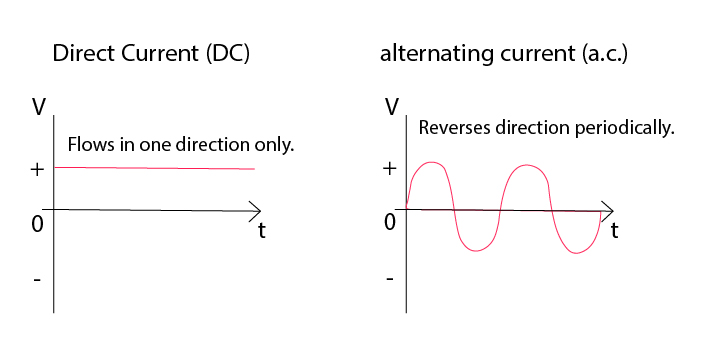
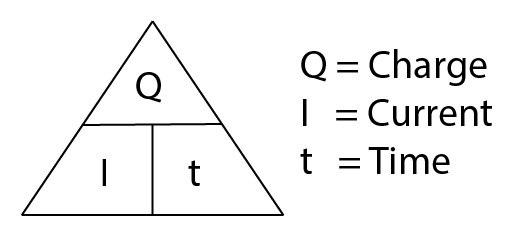

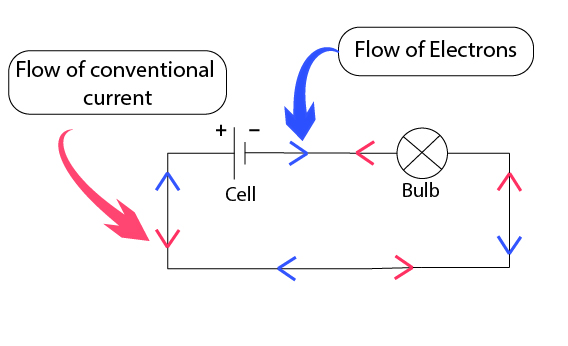
1. Analogue vs Digital Ammeters:
• Analogue: Shows current with a needle on a scale.
• Digital: Shows current as numbers on a screen.
Other units for current:
• Milliampere (mA)
• Microampere (µA)